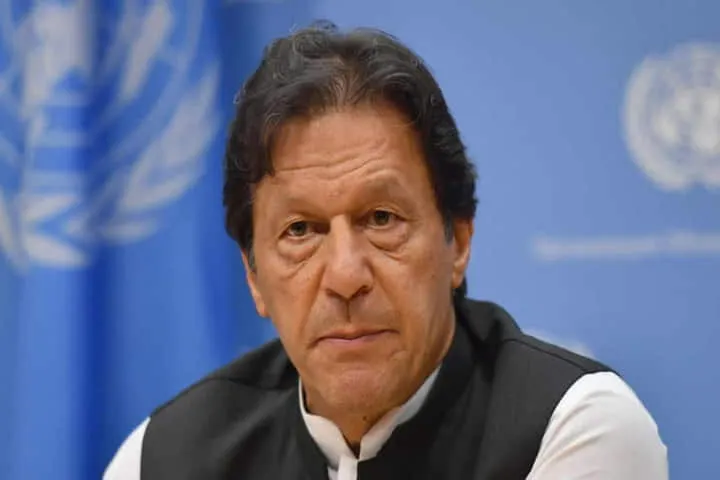‘Naya Pakistan” was what Prime Minister Imran Khan had promised when he assumed charge in 2018. But as he completed three years in office—he became PM in August, 2018—the economic dynamics have only worsened. High inflation, rising debts and slowing foreign direct investment are among the main problems that the country is currently facing.
But Khan and his team have continued to remain focused on the developments in Afghanistan and Kashmir.
Consider this. Days after the Taliban stormed into power in Afghanistan, Pakistan’s Inter-Services Intelligence (ISI) chief Lt General Faiz Hameed visited the country to assist the hardline group form a government.
Dawn in an article in 2019 said that for the country human development has never been a priority.
“For Pakistan, human development comes a distant second. The bulk of national energies remain focused upon check-mating India. Relations with Afghanistan and Iran are therefore troubled; Pakistan accuses both of being excessively close to India,” the article added.
To add to this, Pakistan, which finds itself in the list of the Financial Action Task Force (FATF)– Paris-based global watchdog for money laundering and terror financing– has done little to exit this group. This has also led to an estimated GDP loss of $38 billion for Pakistan.
Analysts, India Narrative spoke to, said that the focus for Pakistani governments over the years has been issues that are not core to the country’s development.
While Islamabad has been hoping for a revival in its economy driven by the China-Pakistan Economic Corridor (CPEC), the project has contributed little in the country’s growth or employment generation until now.
Contrast this with Bangladesh, which until 1971 was part of Pakistan.
For the last 10 years, Bangladesh's economy has been growing at over 6 per cent. In 2019, it even touched 8.1 per cent and now by 2026, the country will move out of the United Nations' Least Developed Countries (LDC) list.
“Bangladesh sees its future in human development and economic growth. Goal posts are set at increasing exports, reducing unemployment, improving health, reducing dependence upon loans and aid, and further extending micro credit,” Dawn said in the article. Human and economic development have been at the core for the Sheikh Hasina government.
Also read: As Pakistan continues to focus on Afghanistan, its economy raises the red flag
“When the country seceded from Pakistan, its gross domestic product per capita was about three-quarters of Pakistan's; by 2019, it was almost 45 per cent more, a report by Nikkei Asia noted.
“Pakistan must transform its war economy into ultimately becoming a peace economy,” Dawn noted.




















